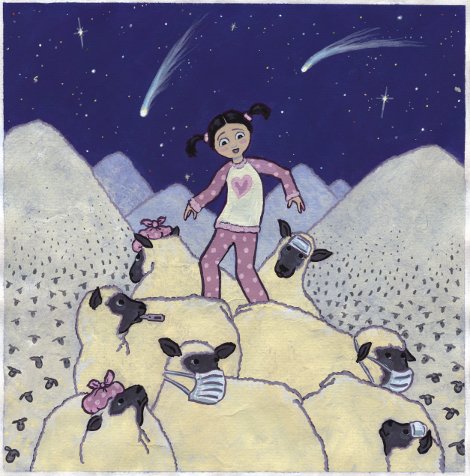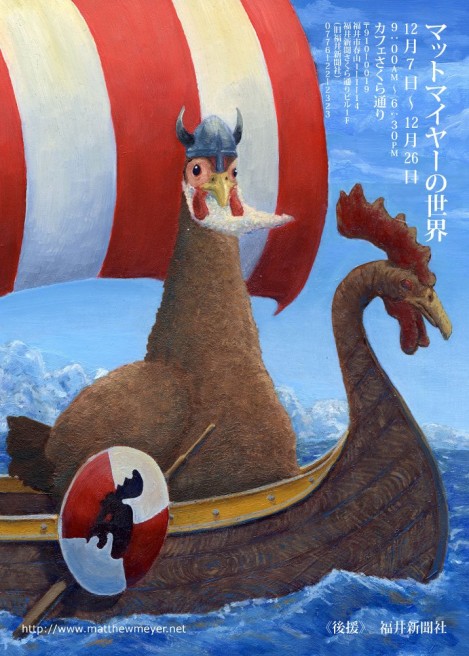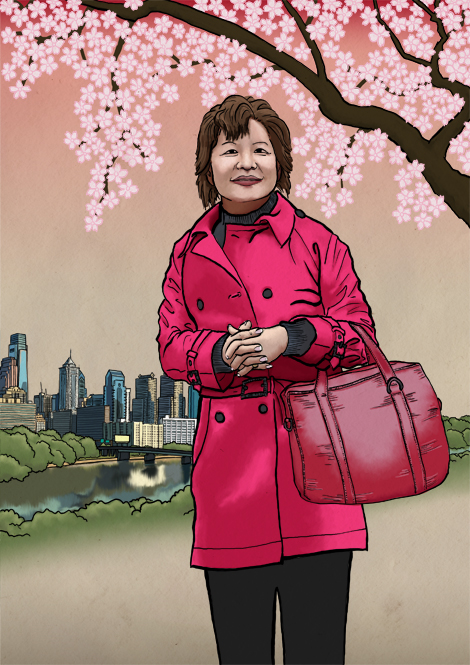Well I said I was working on a Christmas piece, though I suppose this might come as a surprise to those who weren’t expect it.
The wonderful thing about Christmas is that, despite what the fundamentalist nutjobs and the Republican party want you to think, it’s truly a multicultural holiday. In fact, almost nothing we associate with Christmas today has anything to do with Christianity, except for the name. The winter solstice has, of course, been important since the first civilizations arose, but our Christmas season of greenery, lights, and feasting, and the concept of “eat drink and be merry,” come from a Roman winter festival Saturnalia. The idea of a god-son born in midwinter comes from the later Roman holiday Dies Natalis Solis Invitci, the birthday of the unconquered son. Sun worship in the form of the infant-god-incarnate motif was very popular in the later empire, and many of the customs of Christmas come from the celebration of Mithras’ birthday. Other traditions, like gift-giving, christmas trees and wreaths, and traditional foods come from Northern European pagan religions (even our word “Yule” was the name of the Germanic winter solstice festival). We always hear that Jesus was born in the spring, during the Roman census, but the early Catholic church wanted to eliminate these pagan traditions, and so set up Christmas on the 25th as a way to subvert these native customs. However, even with the loss of their original meanings, the traditions carried as Christmas was popularized in Victorian England, and then later in the US. Even Santa Claus has a very diverse origin. He is a blend of Father Christmas, an English character whose origin and outfit go all the way back to Roman Saturn, and Sinterklaas, a Dutch character who evolved out of the much earlier story of Saint Nicholas. These two folk figures were merged together in the US in the 19th century, and the character Santa Claus was born. Later the Coca Cola image of Santa Claus, combined with the short stories of Washing Irving and Clement Clarke Moore cemented the American commercialized concept of Santa Claus in our hearts and minds. The Christmas Card was started in 1875, and the rest is history.
And that’s why I say the Republicans and the so-called “traditionalists” can shove it up their turducken when they complain about the commercialization of Christmas and the “War on Christmas” and other bullhonkey like that. Christmas was never a very important or big holiday in the church until the 19th century, when it became commercialized. Its origin has less to do with Jesus than it does with pagan bacchanal, and the true meaning of Christmas is whatever you want it to be, because there is so much tradition wrapped up into it that no one culture can claim ownership of the holiday. (And most of the popular Christmas songs were written by Jews, so they get a piece of the pie, too!)
Anyway enough of my little history lesson. I wanted to show you the painting. Remember the Dutch Sinterklaas who is half of the origin of our Santa Claus? Well he didn’t travel alone. In most of Europe, Saint Nicholas had one or more companions who traveled with him, helping him out. In some cultures, they are based on the original stories of Nicholas of Myra (who, by the way, was from Turkey), like the French Père Fouettard. In some, they are medieval additions to the already mythologized tale, like Knecht Ruprecht, or the Dutch Zwarte Piet. In others, they are remnants of the pagan past — former gods who were either demonized or diminutized when Christianity took over — like the German Belsnickel, the Austrian Klaubauf, Swiss Schmutzli, and others: Rumpelklas, Hans Muff, Bellzebub, Drapp, Bartel, Cert and Andel, Hanstrapp… and the list goes on and on beyond that. This painting is of one of the more well-known Christmas monsters: Krampus.
There’s a decent article in Wikipedia about Krampus, but in short, he’s a scary monster that “birches” the bad kids, while Santa gives them presents (makes you wish for coal instead, doesn’t it?). I find Krampus pretty interesting, because (as you’ll see on the Wikipedia page) he survived the Christianization of the solstice fairly well, and lived on in festivals and even Christmas cards and illustrations. Boy, I would love to get a Krampus card one year…
So here is my Christmas Krampus/Krampus Kard/Merry Krampmass? All I know is if I were raised in the Alps, I would probably not look forward to Christmas nearly as much as I do now.

So be good for goodness sake!







